What Happened in 6 Months? The tldr;
• Easier breathing and reduced nasal congestion and sleep apnea
• Reduced gummy smile
• Wider smile
• Improvements towards facial symmetry
• All progress photos at bottom of post if you wish to jump
Months 1-3: Palate Expanders and Bite Plates
The first part of my treatment plan was to expand my jaws to create space since I had a narrow arch form and overcrowding. Doing so required 2 instruments: a metal palate expander glued in the roof of my mouth and a bite plate. Or how I liked to describe them – a mouth roof scraper and an extremely bulky night guard. The bite plate was felt at least 4x thicker than an Invisalign retainer.
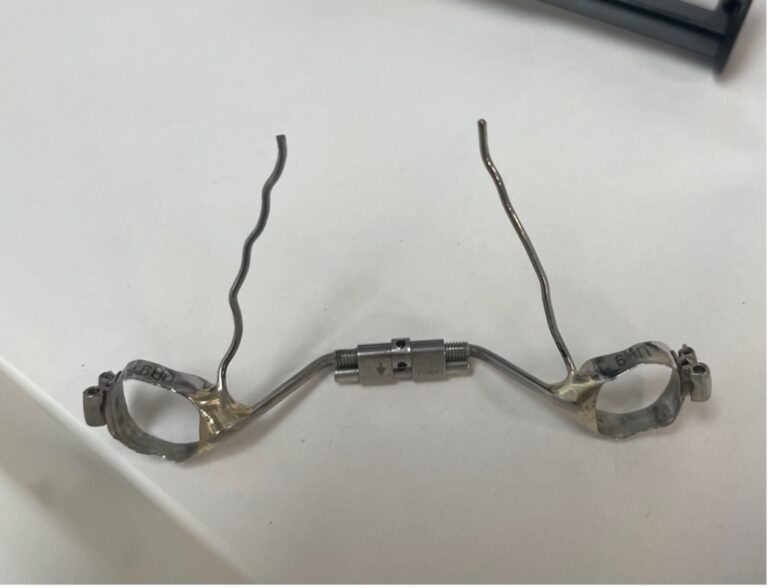 This was fused to the roof of my mouth
This was fused to the roof of my mouth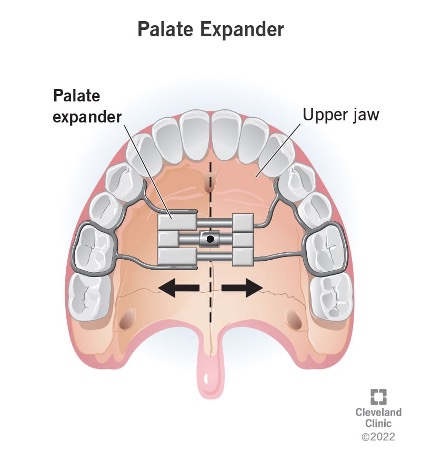 The mechanics illustrated
The mechanics illustrated
The metal expander created space in my jaws by applying constant pressure between the vertical halves of my facial bones, which are joined by a “suture” or a “fusion line”, and thereby encouraged new bone growth in the gaps (see illustration above from Cleveland Clinic). In other words, the palate expander gradually separated the two-halves of my face and as an adult with fully developed facial bones, this was quite uncomfortable (children can expand almost daily since their bones are not fully developed). Every three days, I had to blindly fumble a key around the roof of my mouth until I found the expander’s keyhole to increase the width. Needless to say, given how impossible it was to see the expander itself, I missed and scraped my mouth countless times but practice eventually made perfect.
Meanwhile, my bottom teeth were cradled in a bite plate made of thick acrylic and its purpose was to protect my joints while my jaws were expanding. The huge benefit was that it greatly improved my breathing by alleviating my obstructed airways as described in my Part 1 post. However, it gave me a temporary lisp while I relearned how to speak normally for a few weeks. The greater challenge was learning how to eat again because of the two contraptions together in my mouth. The fused palate expander often obstructed food while the abnormally smooth surface of the bite plate made it difficult to chew and tear food. Meals that normally took me 20 minutes to eat became 45 minutes long.
 2021 – 6 tooth smile
2021 – 6 tooth smile 1 year later – Wider arch form, 8-tooth smile
1 year later – Wider arch form, 8-tooth smile
Months 4-6: Braces
Jaw expansion lasted for 3 months during which my smile transformed to having fuller buccal corridors, from a 6-tooth to an 8-tooth smile. An easy way to spot this is to look for the dark spaces at the corners of the mouth when smiling. Afterwards, my doctors started me with top braces only for the next 2 months. By month 5, I was ready for the bottom braces. Ceramic braces were glued in my front teeth while metal braces were fixed on my back teeth because (1) they were less visible and (2) since metal brackets are more durable than ceramic, more force could be applied. Every 2-3 weeks, I would get a new wire and then be on a liquid diet the following days due to the constant soreness and sensitivity. In fact, my entire diet changed as I had to be more conscious of which foods I could literally bear to eat. Anything that was remotely sticky (gum) or crunchy (friend chicken) was both detrimental to my braces and caused too much pain to even chew. Slowly, soft foods, such as tofu and smoothies, became a part of my regular diet.
By month 6, my bite was continuing to widen and the gaps between my front incisor teeth were becoming noticeably prominent – even from afar (see right 2 photos below). Meanwhile, my doctors continued to move my facial bones towards symmetry by continuing to shift my teeth towards the left half of my face, which was originally missing a lot of structural support due to the constant wear down on my left teeth.
Check out all the progression photos below! 🙂
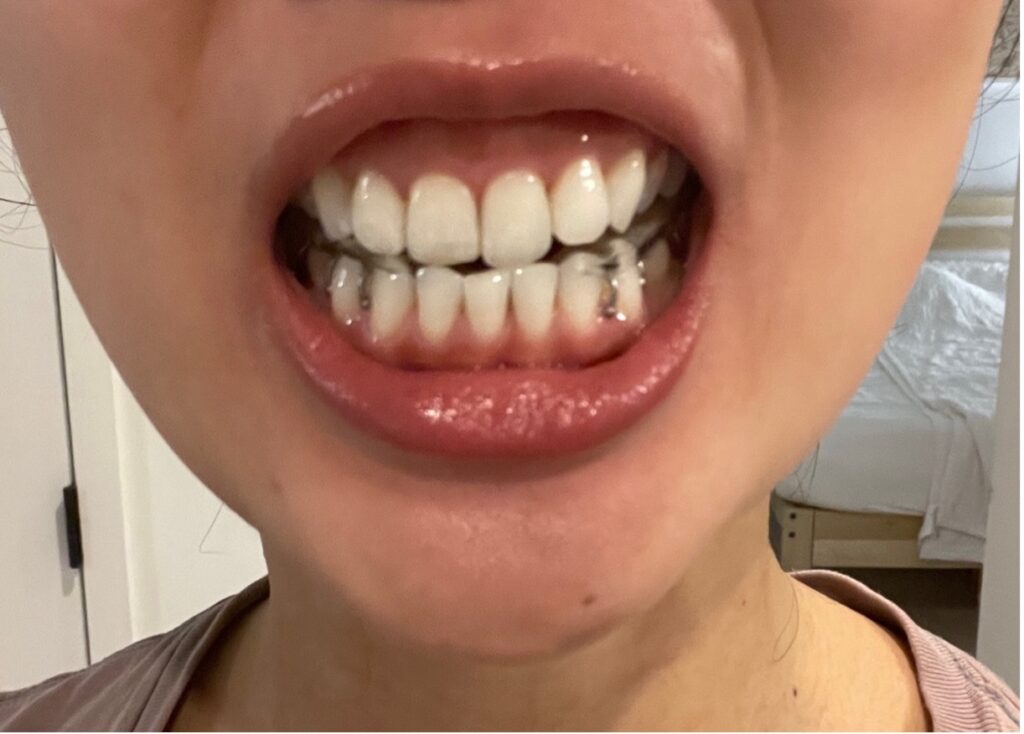 Front – Pre expansion
Front – Pre expansion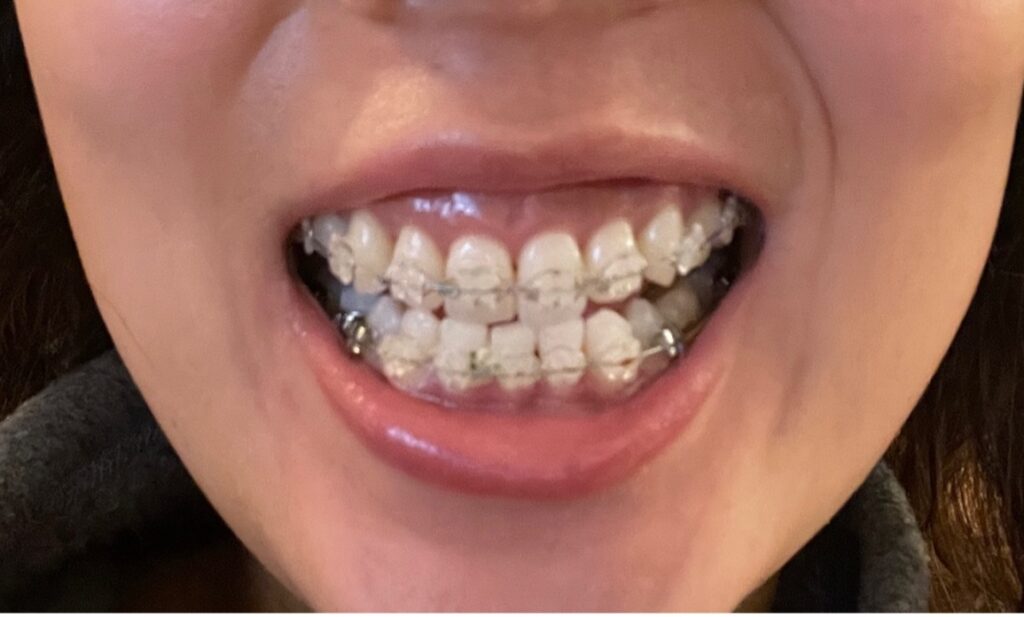 Front – 4 months expansion
Front – 4 months expansion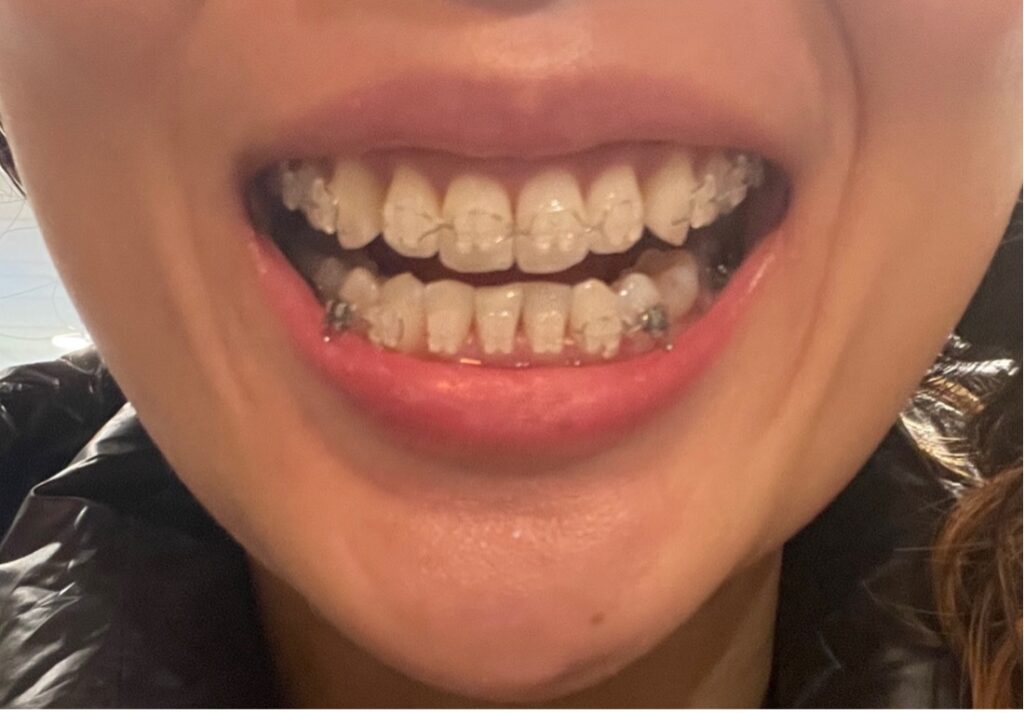 Front – 6 months expansion
Front – 6 months expansion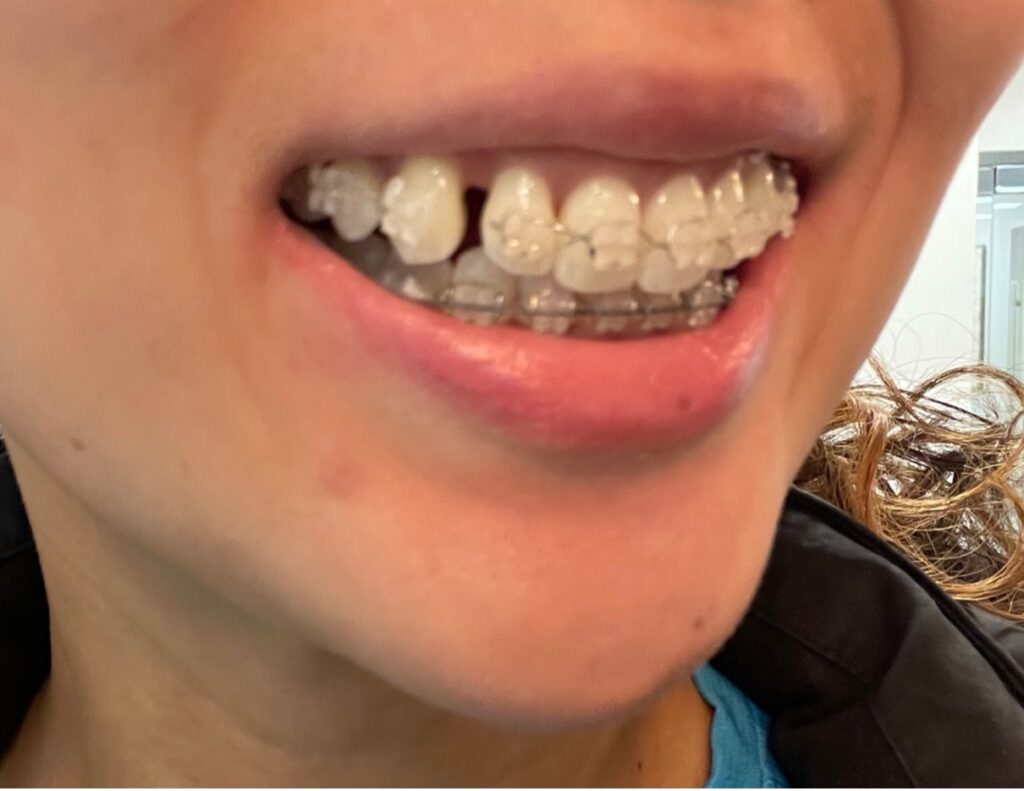 Side – 6 months in with gaps
Side – 6 months in with gaps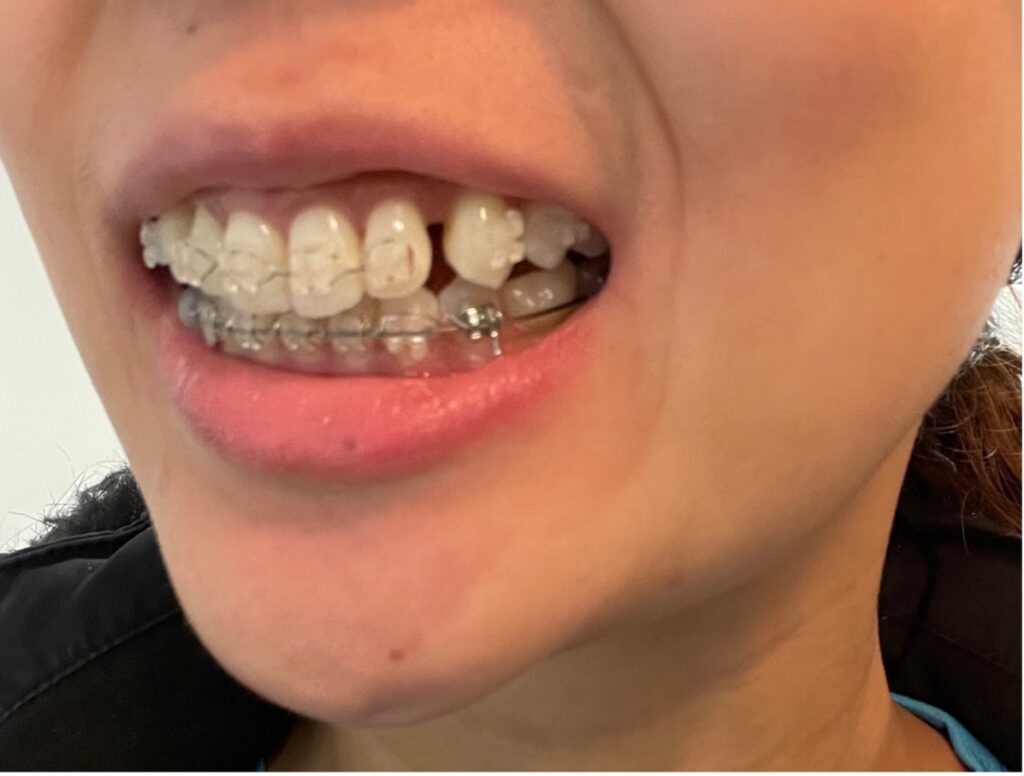 Side – 6 months in with gaps
Side – 6 months in with gaps
 Pre braces
Pre braces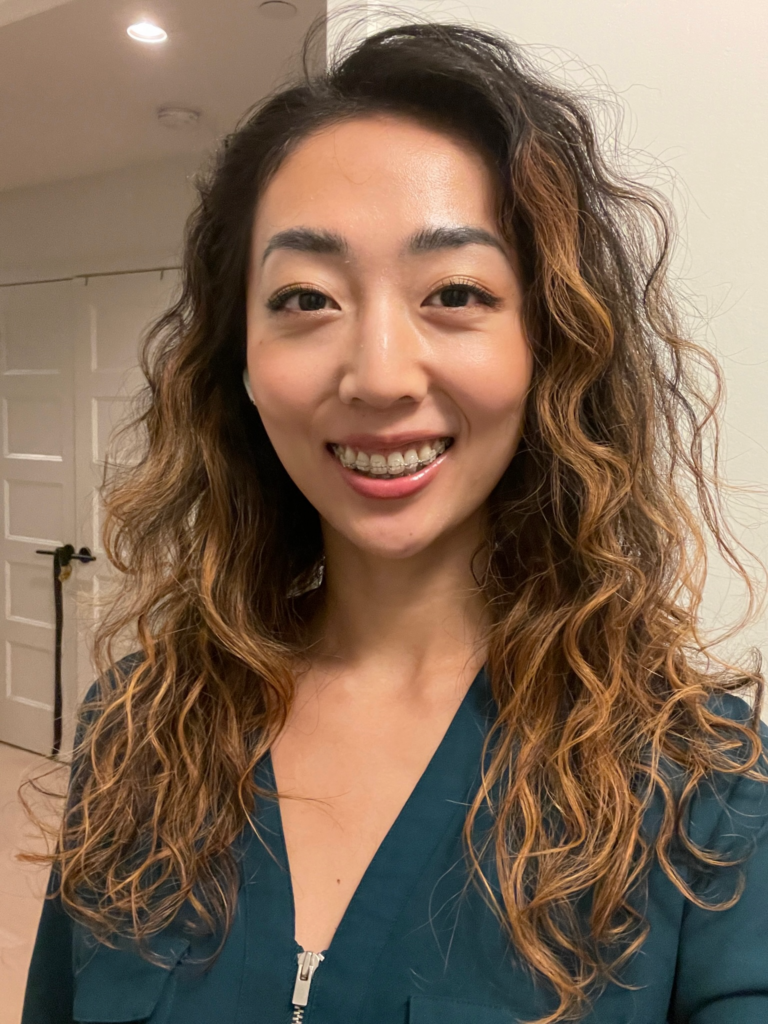 6 months in progress
6 months in progress
In the next update, rubber bands, tooth extraction, and continuing wire work!
Links to the previous parts:
Part 1 – Starting Braces

Bringing back lots of old memories with my mom having to open up my expander countless times in middle school! Great job with the documentation.
Thanks Ted 🙂 in expanders we reminisce!